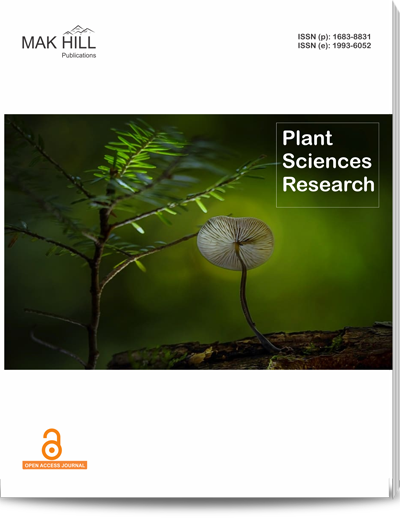
Plant Sciences Research
ISSN: OnlineISSN: Print 1995-476x
Abstract
Five methods were used to identify the male fertility, including paraffin section to observe anther and pollen structure during balloon stage, stereomicroscope to observe anther configuration and pollen dispersal situation, scanning electron microscope to observe pollen submicroscopic morphology, TTC method to determine pollen viability and in vitro culture method to determine pollen germination rate. The results showed that there were great differences in pollen quantity and morphology between ‘Longquan No. 5’ loquat and its offspring lines obtained from the moderately degenerated seeds. While, ‘Longquan No. 5’ was male fertile, its offspring lines from the degraded-seeds had poor pollens, most anthers dehisced abnormally or delayed to dehisced after blossoming, there were many abnormal and poorly developed pollens and the pollen exine ornamentation was very different from their maternal plant. The pollen viabilities and germination rates in in vitro culture of the lines from the degraded seeds were obviously lower than their maternal plant (3.67-16.83 and 0.89-15.67%, respectively). The lines from the degraded seeds showed pollen abortion, belonging to sporogenesis male sterility. There were some differences in the male sterility degree among the materials.
How to cite this article:
Q.X. Deng , Y.Q. Wang , Q. Yang , L. Liu , Y. Fu , L. Tao and S.F. Luo . Identification of Male Fertility of Longquan No. 5 Lines in Loquat (Eriobotrya japonica Lindl).
DOI: https://doi.org/10.36478/psres.2008.61.67
URL: https://www.makhillpublications.co/view-article/1995-476x/psres.2008.61.67